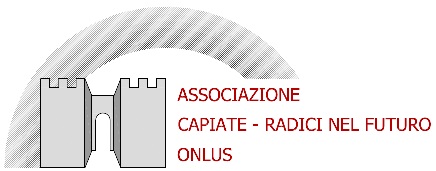|
During the kingdom of Charlemagne, the Lombard
historian Paulus Diaconus wrote the history of his people. This book
widely talks about Comacina Island, a place with impregnable fortifications, where
inestimable treasures were kept and also where the Byzantines opposed
the siege of Lombard ranks for six
months before surrendering.
However, since the eighteenth century this island Comacina has been
identified with the unique small island in the
Lake
Como, situated in front of the village of Ossuccio.
Such identification is not congruent neither with the historical text
nor with the conditions of that small lacustrine island. So we have
tried to re-read Paulus Diaconusí book in order to remove
historiographical interpretations and contaminations of Modern Ages.
The Comacina Island could have been a different place from that
lacustrine island; probably, it was a Byzantine enclave that
Lombard
warriors were not able to conquer during the first phase of their
invasion. Others countries could have had a similar origin, i.e.
Fulcheria
Island, the land situated between Serio
and Adda rivers, or
Brembana
Island situated between
Brembo and Adda rivers.
This new hypothesis is coherent with events occurred after the A.D. 580,
that archaeological researches have already proven to be true. These
facts concern the passage of the Lecco
territories from Byzantines to Lombard dominion; an example is the
destruction of the Gothic-Byzantine settlement on Barro Hill (near Lecco).
|
